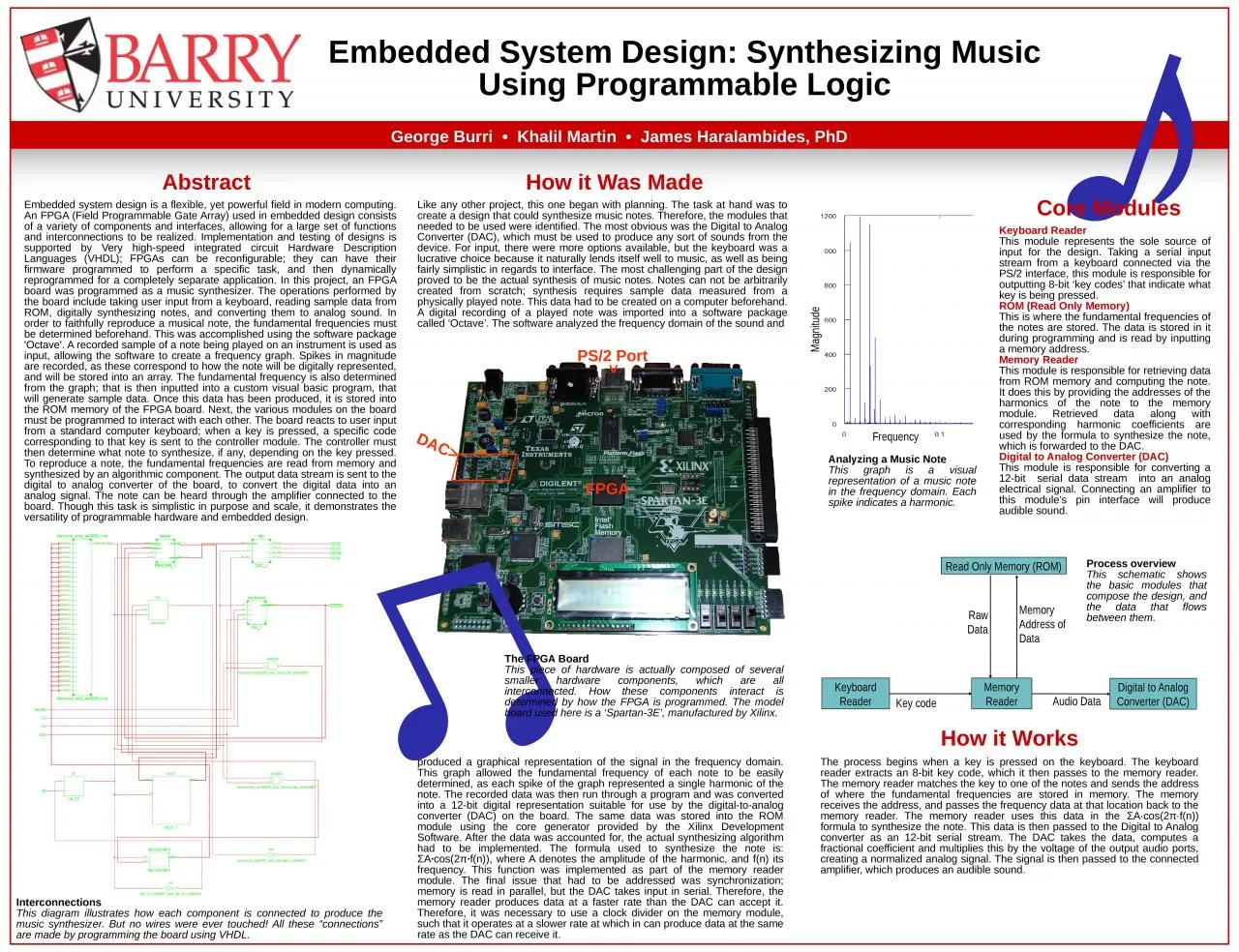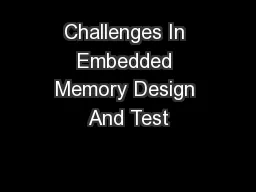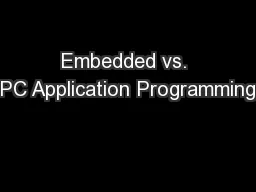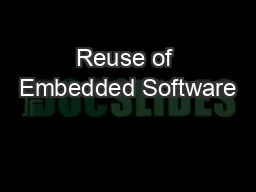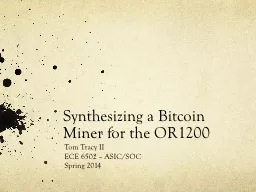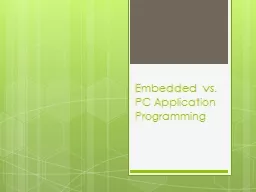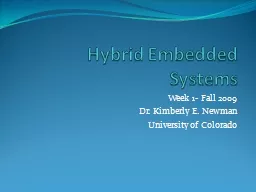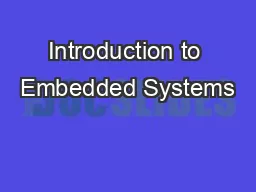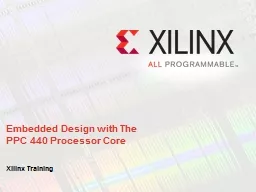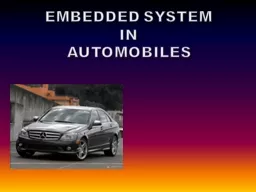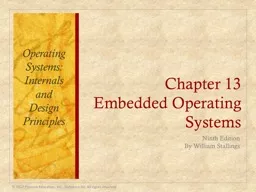PPT-♫ Embedded System Design: Synthesizing
Author : jones | Published Date : 2023-12-30
Music Using Programmable Logic George Burri Khalil Martin James Haralambides PhD Abstract Embedded system design is a flexible yet powerful field
Presentation Embed Code
Download Presentation
Download Presentation The PPT/PDF document "♫ Embedded System Design: Synthesizing" is the property of its rightful owner. Permission is granted to download and print the materials on this website for personal, non-commercial use only, and to display it on your personal computer provided you do not modify the materials and that you retain all copyright notices contained in the materials. By downloading content from our website, you accept the terms of this agreement.
♫ Embedded System Design: Synthesizing: Transcript
Download Rules Of Document
"♫ Embedded System Design: Synthesizing"The content belongs to its owner. You may download and print it for personal use, without modification, and keep all copyright notices. By downloading, you agree to these terms.
Related Documents

